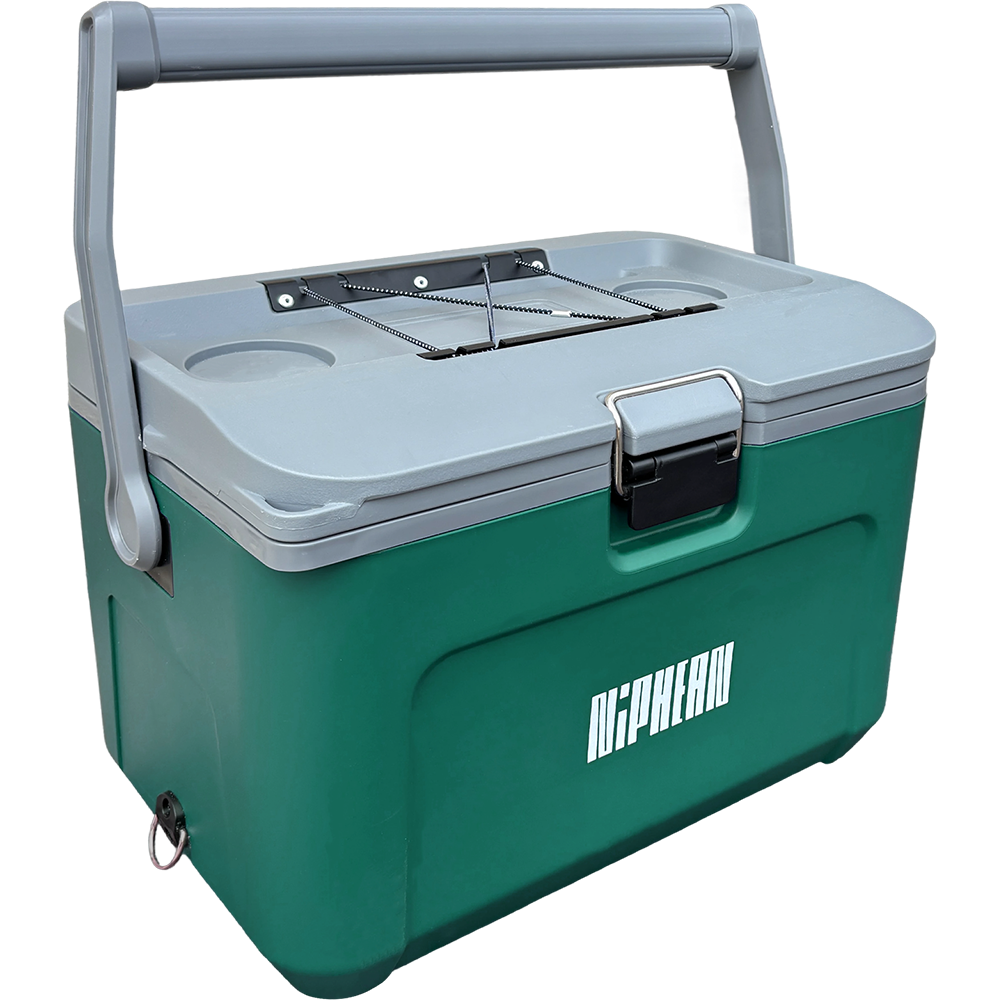- No products in the cart.
How to Choose a Paddle Board for Rough Waters: A Complete Guide
Jul 02, 2025
Paddle boarding on calm lakes and glassy bays is one thing—but tackling rougher conditions like ocean chop, fast-moving rivers, or strong wind is another. Choosing the right paddle board for these environments is essential for your safety, control, and enjoyment.
In this guide, we'll break down:
- What features matter most in rough water paddle boarding
- Board shape and size comparisons
- Material and construction choices
- Pro tips to enhance your performance
- Recommended models to consider
Key Features to Look for in a Rough Water SUP
1. Board Shape: Displacement Hull vs. Planing Hull
-
Displacement Hull (pointed nose) is ideal for cutting through choppy water.
-
Planing Hull (rounded nose) offers more maneuverability but less efficiency in rougher water.
📝 Expert Tip: Most touring or racing paddle boards use displacement hulls for better tracking and wave penetration.
2. Length & Width: Balance Stability with Speed
| Rider Skill | Recommended Length | Ideal Width |
|---|---|---|
| Intermediate to Advanced | 11’–14’ | 29–32 inches |
| Beginner in rough waters | 10’6”–11’ | 32–34 inches |
3. Material: What’s the Best for Tough Conditions?
| Material | Pros | Rough Water Suitability |
|---|---|---|
| PVC Inflatable (Fusion-Layer) | Lightweight, durable, flexible | Excellent for travel & river chop |
| Epoxy Hardboard | Rigid, fast, good wave-cutting | Great in ocean surf |
| Carbon Fiber Hybrid | Super stiff, lightweight, premium feel | High-end racing and open water |
🔥 Trending Now: Many brands now offer inflatable SUPs with carbon stringers or dual-layer fusion tech, combining portability with stiffness—ideal for rougher conditions.
🚧Stability vs. Agility: What Matters More?
In rough waters, stability is your lifeline, especially for beginners. However, agility becomes essential when navigating currents, wind, or boat wake.
Look for:
-
Slightly rockered nose (upward curve) to prevent nose diving
-
Kick pads or textured deck pads for better foot grip
-
Tri-fin (2+1) system to balance tracking and quick turning
🛠️ Add-Ons That Make a Difference
-
Ankle Leash: Essential for ocean or whitewater conditions
-
Waterproof Deck Bag: Keeps gear secure during rough rides
-
Adjustable Carbon Paddle: Lightweight and responsive
-
Pressure Gauge: Ensure inflatable boards are at optimal PSI (usually 15–18 for rougher use)
Final Tips Before You Hit the Water
-
Always check wind, tide, and swell forecasts before paddling in rough water.
-
Use a PFD (personal flotation device)—it’s non-negotiable.
-
Practice fall recovery drills in controlled conditions before heading into more demanding spots.
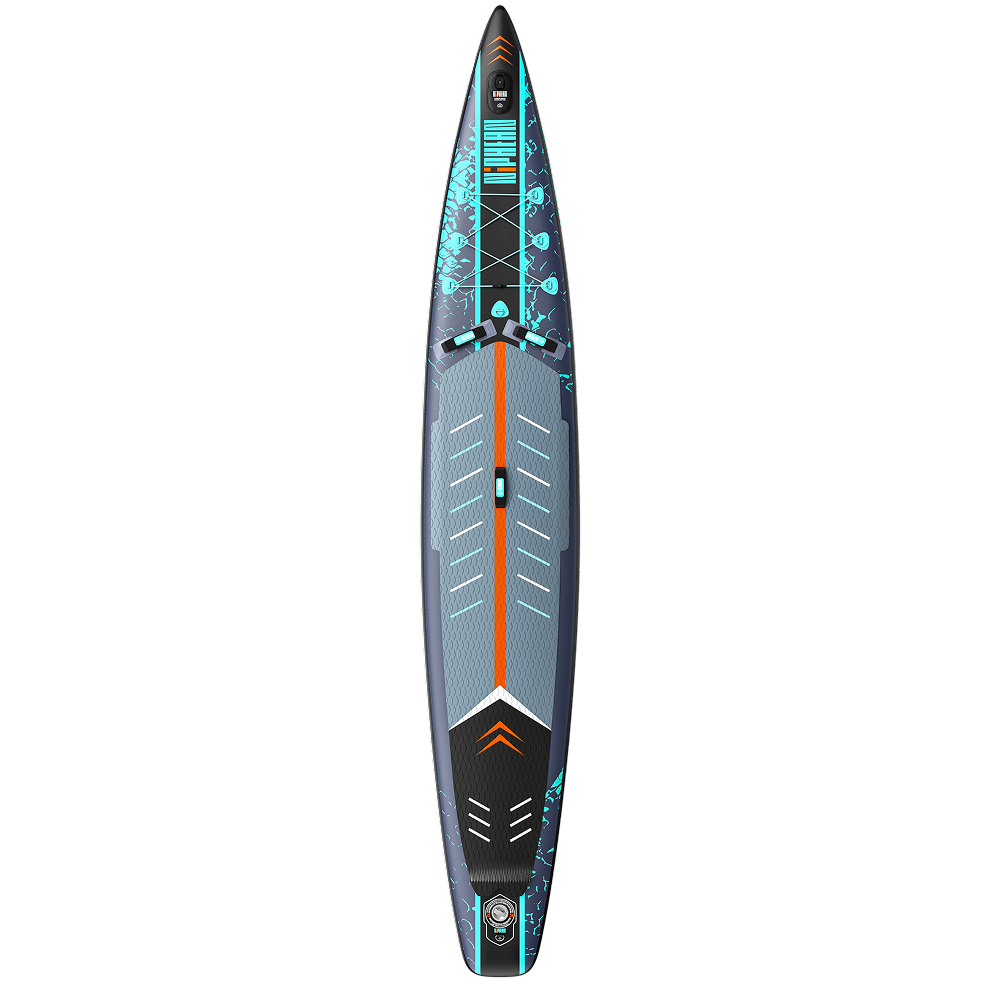
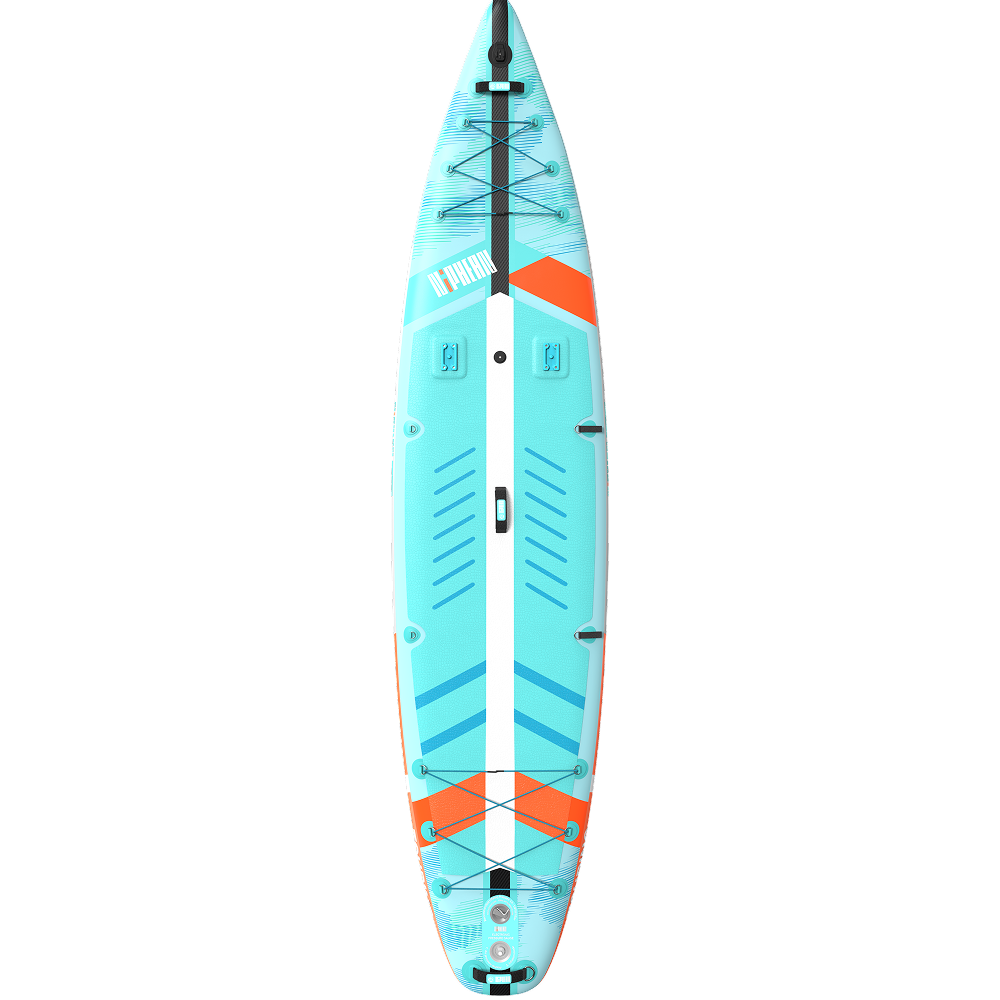
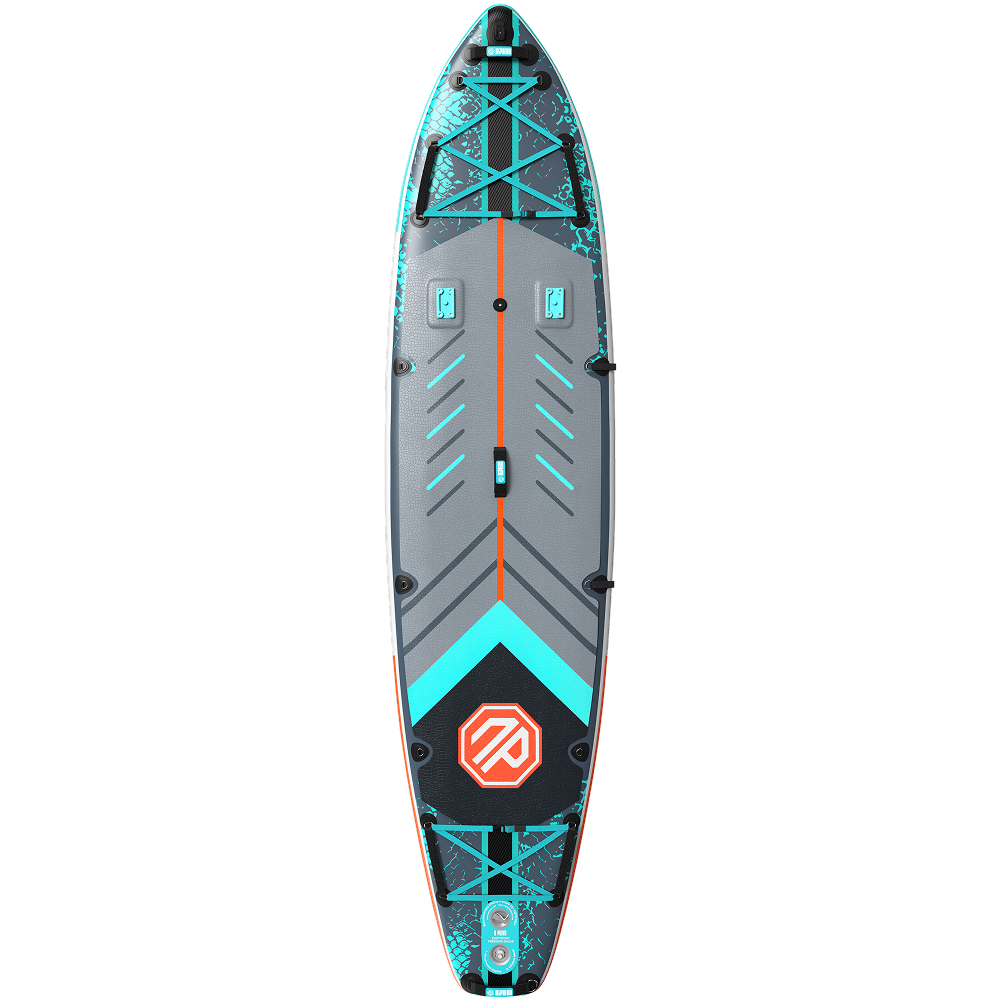
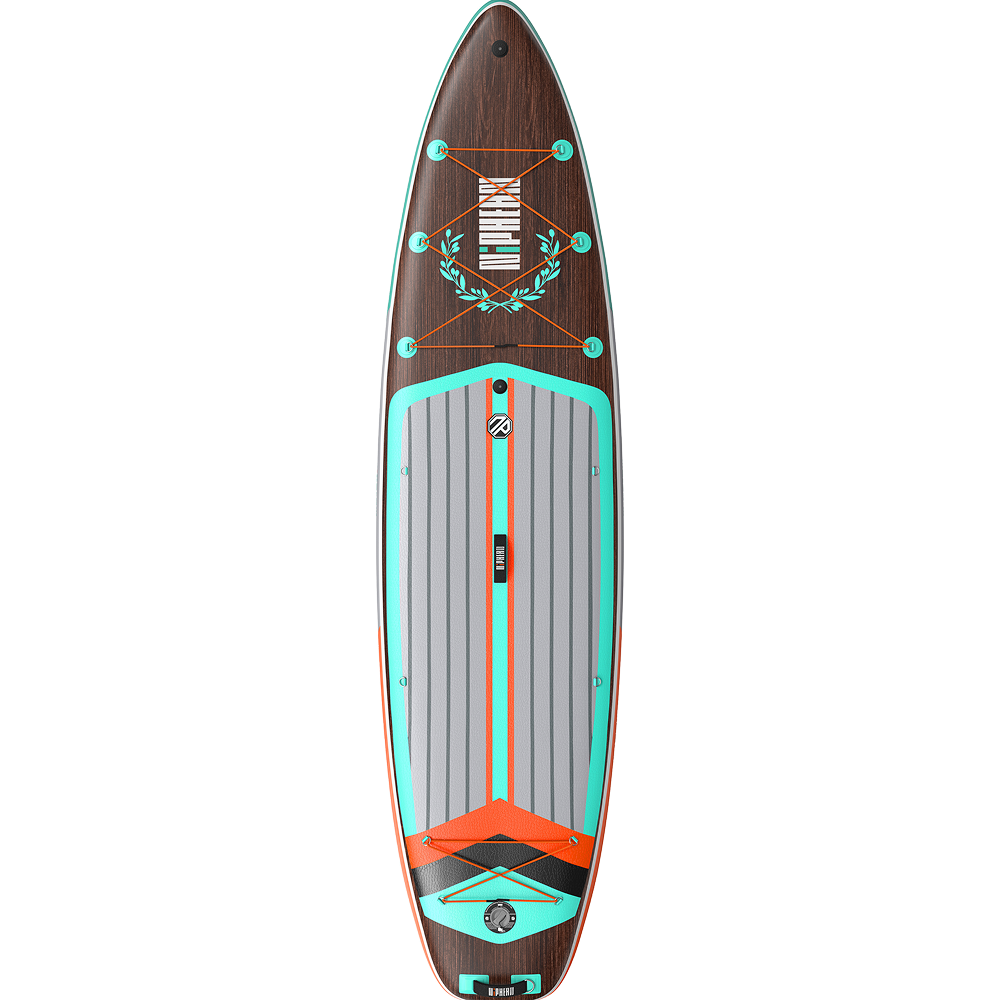
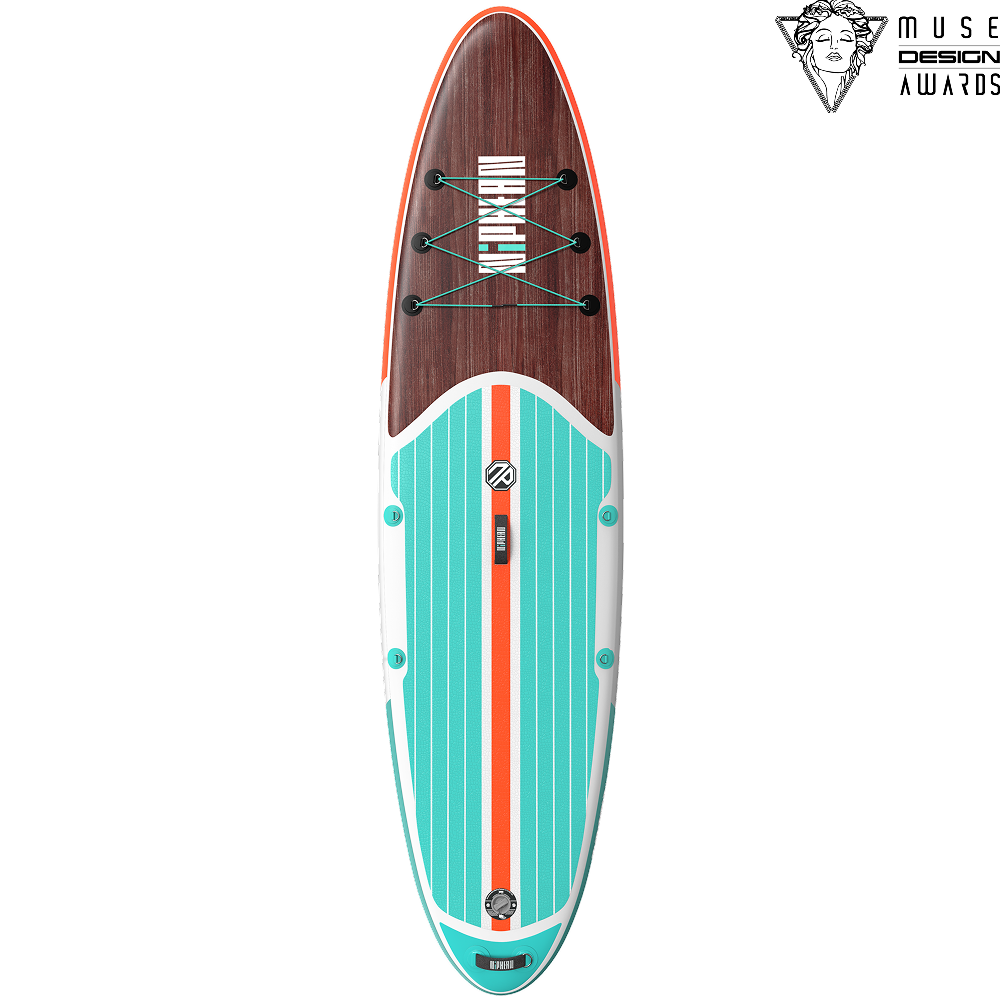
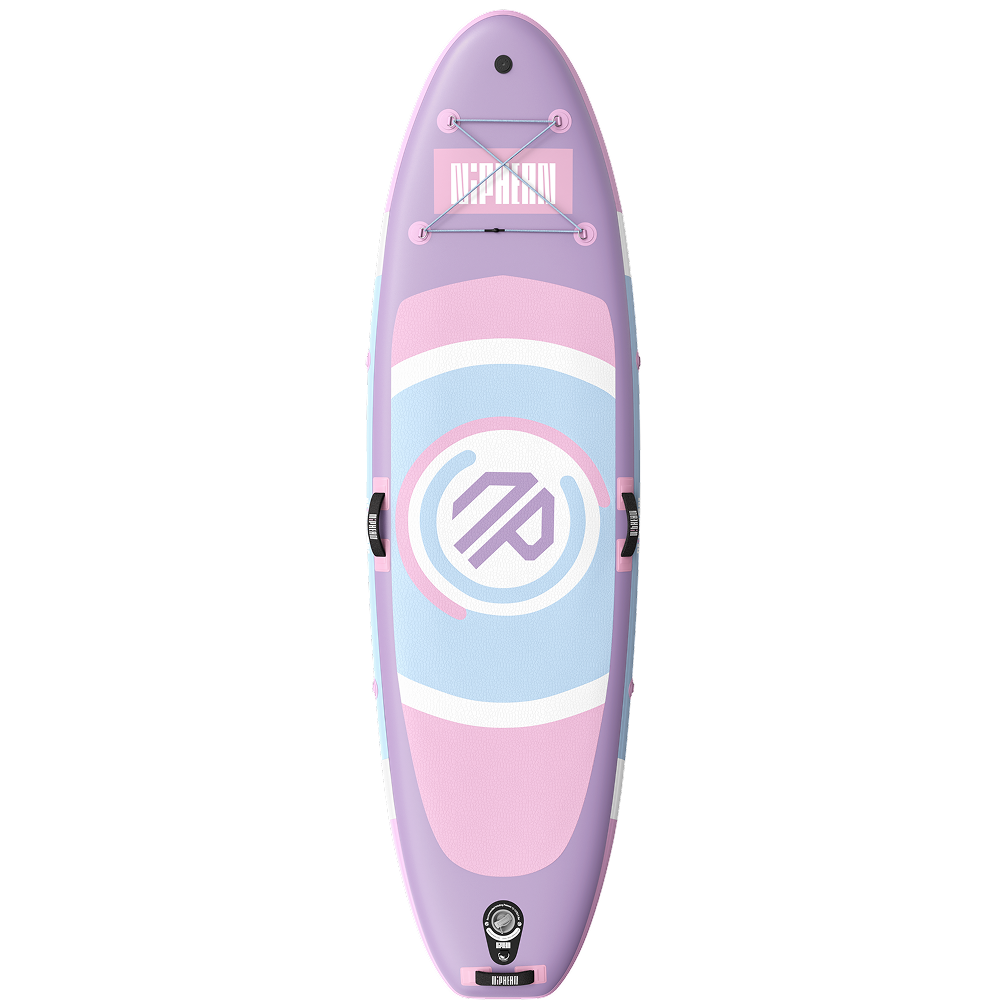






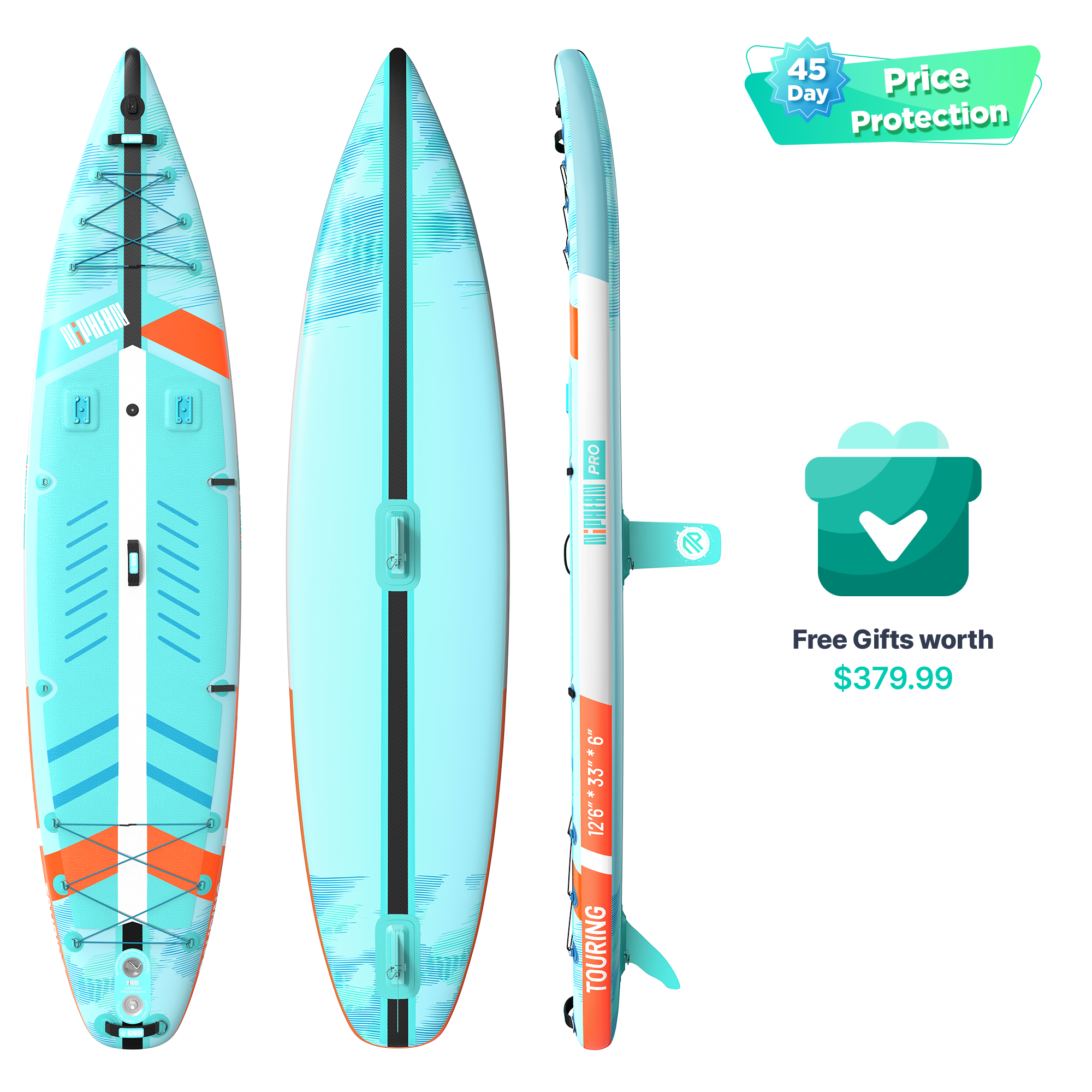

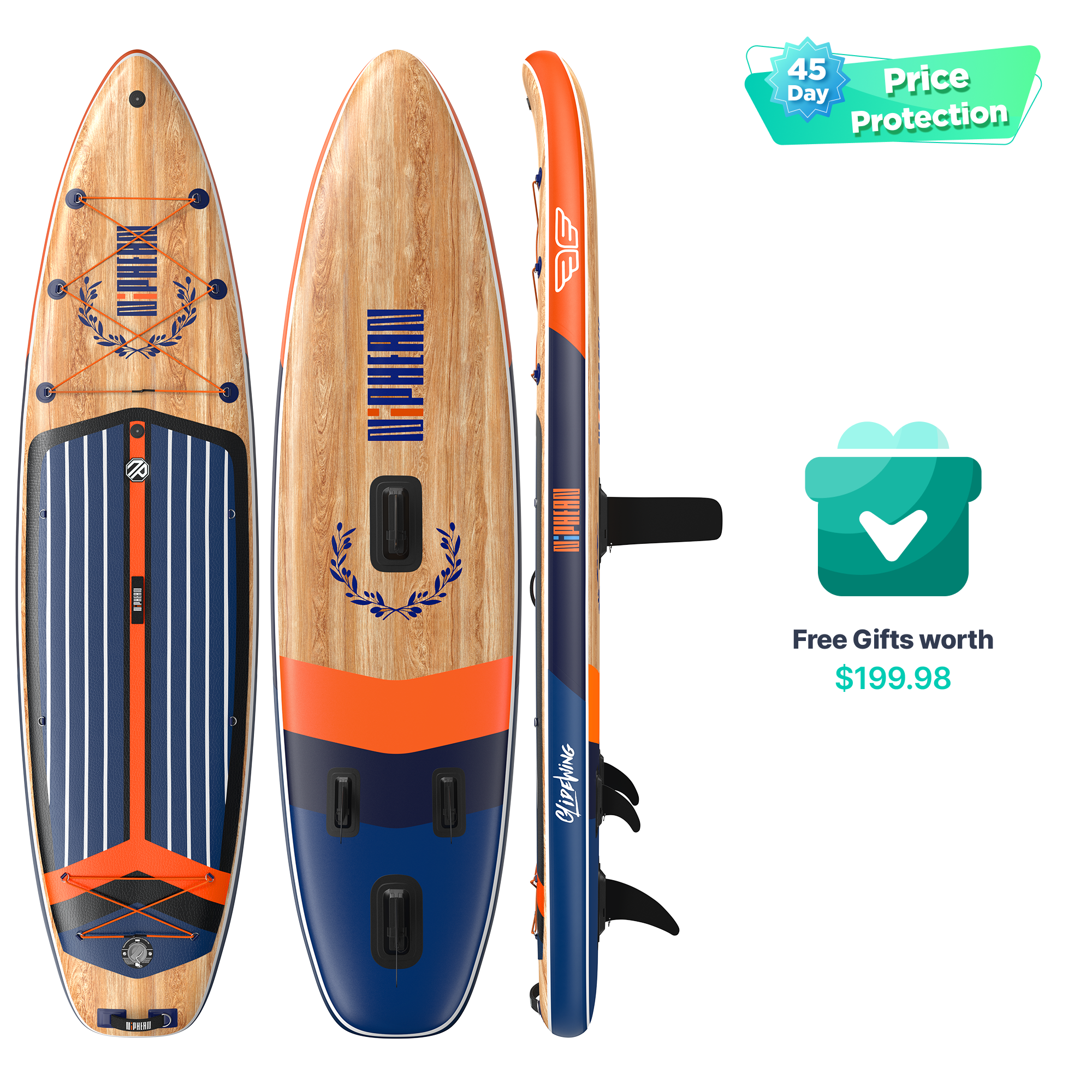
 Youtube
Youtube Facebook
Facebook Instagram
Instagram TikTok
TikTok